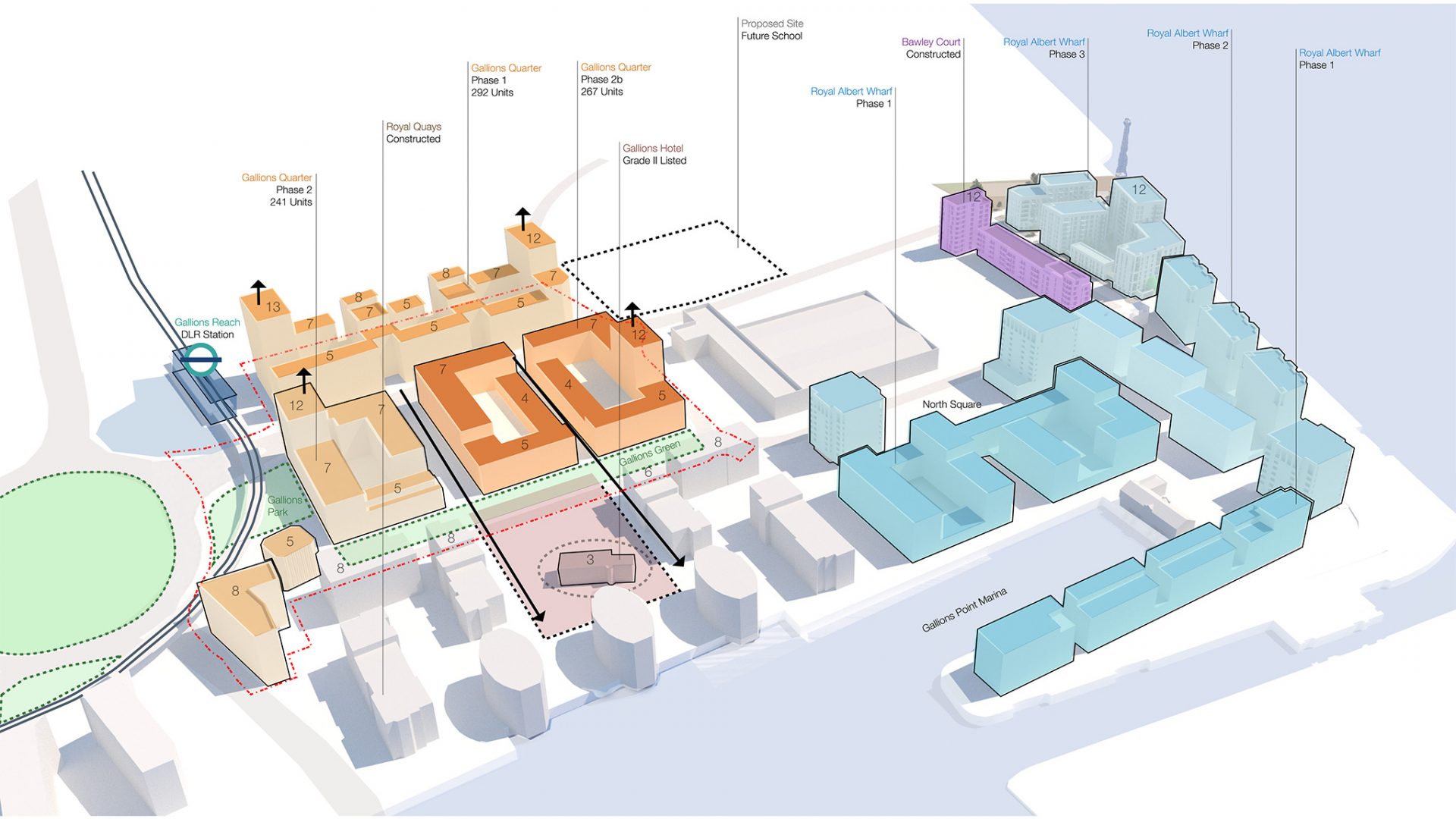- Kingston Smith is a firm of Chartered Accountants and leading business advisors to entrepreneurial businesses, not-for-profit organisations and private clients as well as being one of our fantastic benefactors. In this piece, partner Jamie Sherman reflects on the variety of events he attended as part of LFA 2019.

London Festival of Architecture: it really did have it all!
I have to say hats off to the London Festival of Architecture team for yet another excellent demonstration of architecture in London. The festival highlighted the key challenges facing the industry in the short term, something a large number of practices have experienced. Many firms will need to be agile and willing to innovate in their approach to design and management in the future. Conversations during events we attended were largely centred around a few key themes; competition, innovation and diversity.
The theme of boundaries provided a great backdrop to the month of June, with the differing interpretations providing a diverse range of events, from talks about geographical boundaries of certain developments to panel discussions about diversity in the profession. It really did have it all!
The opening party at The Minister Building set the scene of events tackling the key issues in the sector. The first event we attended was a penal discussion hosted by David Morley Architects where David presented his passion for The Triangle Site at Kings Cross. With photographic evidence of the miraculous change on the brownfield site near the crossing railway lines, David told the story and recalled some of the many interesting quirks of working with two separate boroughs (the building covers the two boroughs of Islington and Camden). The panel went on to discuss the many challenges that they overcame with the geographical boundary and the compromises made. The prize for the best question came from the audience member who asked who was responsible for collecting the bins! It really was a great example of how architects are challenging boundaries and working together to achieve a common goal.
The Jestico+Whiles Virtual Reality experience gave a great perspective using the latest technology for the immersive viewing experience. It highlighted the need to embrace technology, an aspect many practices are struggling to accept given the capex required. Such financial boundaries may result in a competitive advantage, although the cost is reducing each year. From our experience, this will be essential in the short term as clients’ expectations shift and pricing becomes crucial when tendering for new projects.
The crossing boundaries pitch event hosted by Archiboo and HOK was definitely worth attending. It had a host of innovative architecture ideas on show. From flat-pack box-building solutions courtesy of Studio Bark to architecture in Africa, the pitches demonstrated some creative building methods, really challenging the status quo of conventional design and build.
The team at Kingston Smith attended a number of other events, including debates, Negroni talks and lectures, all of which were hugely insightful. A special mention goes to practices Fraser Brown Mackenna, Make Architects, Fletcher Priest, Glenn Howells, and Allies and Morrison for the excellent exhibitions of their work.
More than ever before practices must articulate their value proposition and why clients should use them. Achieving this will not only improve conversion rates when tendering for new projects, but also improve office morale while improving employee’s engagement. This will result in a stable workforce, reduced overheads and time spent on recruitment in a highly competitive market.
For all architects, the design remains the key focus but, in an increasingly regulated market (not to mention Professional Indemnity insurance becoming very expensive), to succeed they must have one eye on the firm’s performance and strategy moving forward. Succession remains a key issue. Firms must have a strategy to deal with this, perhaps by breaking down the employee ownership barrier or moving away from an LLP to take advantage of the increasing R&D tax credits.






